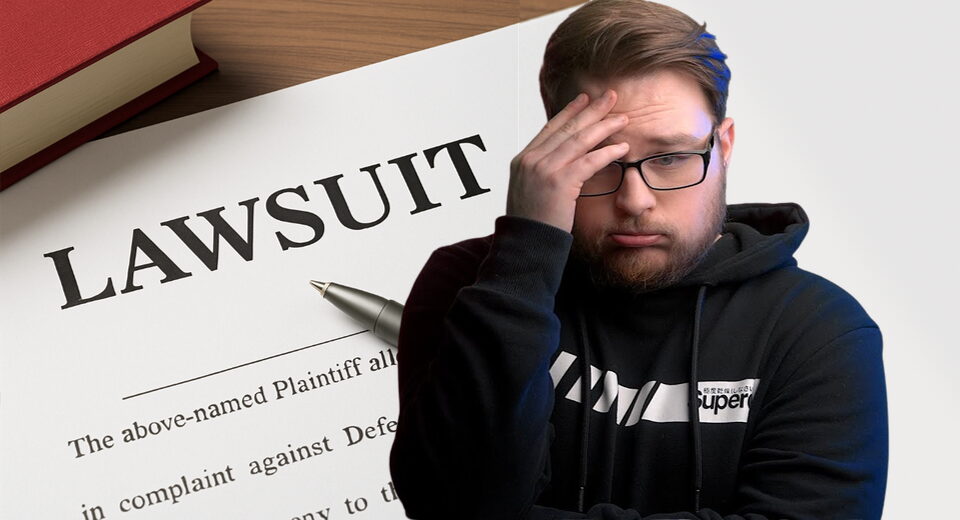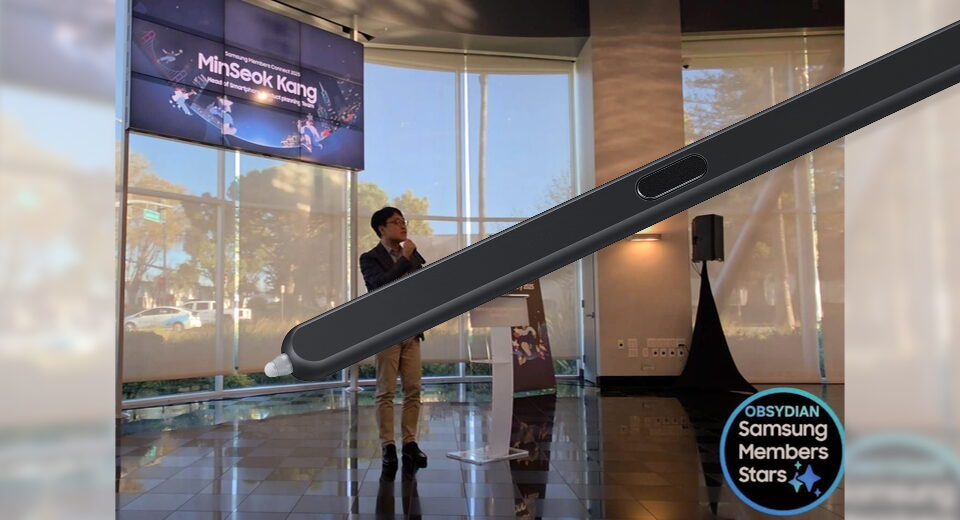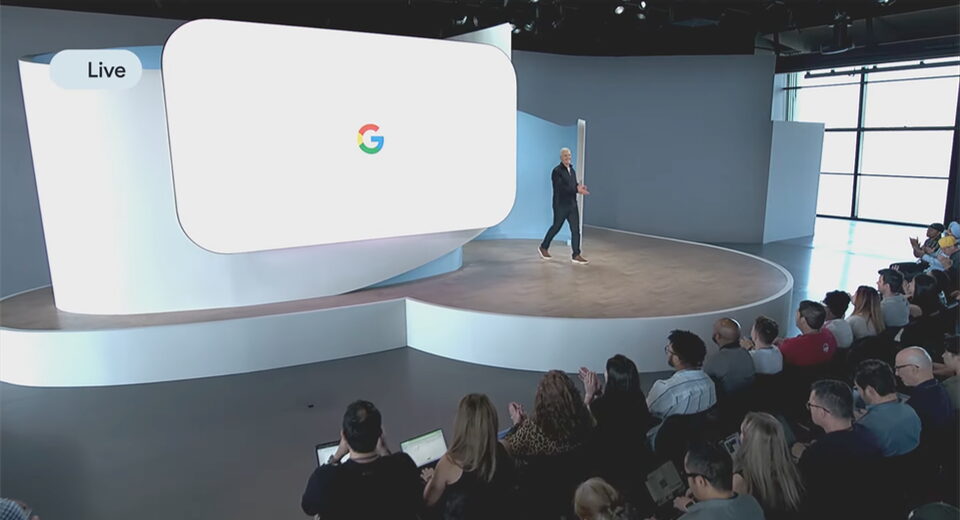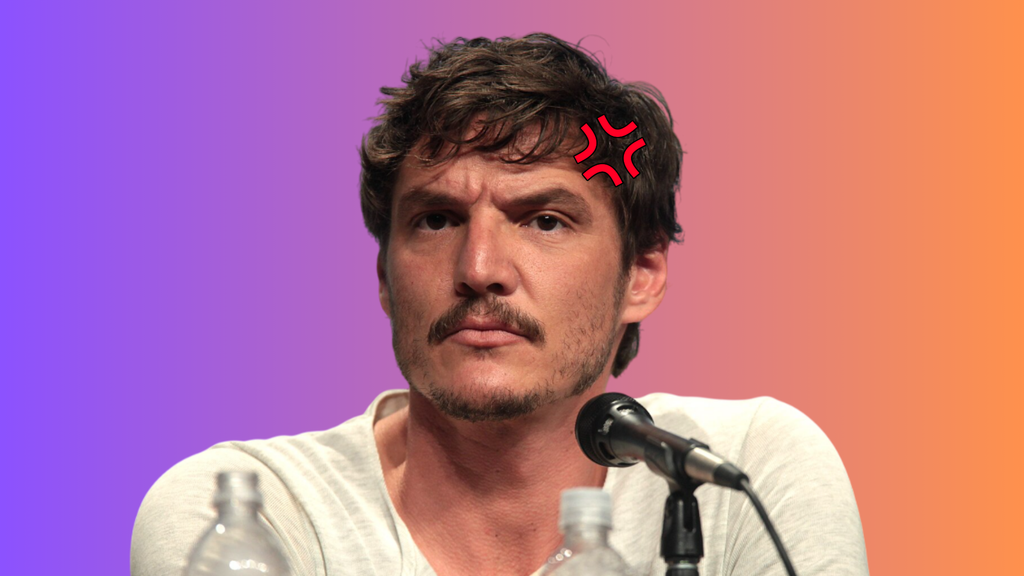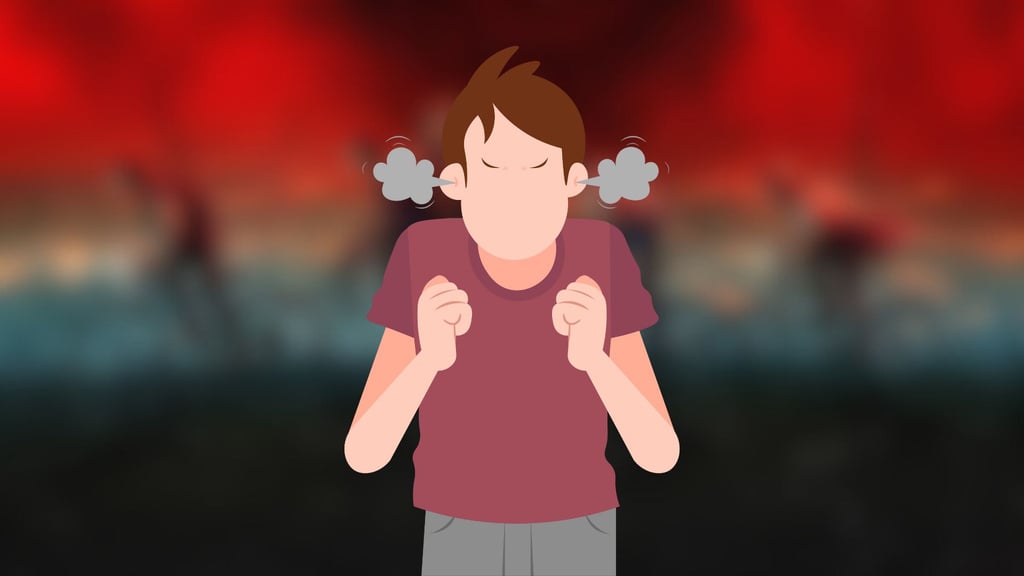The bewildering phenomenon of declining quality
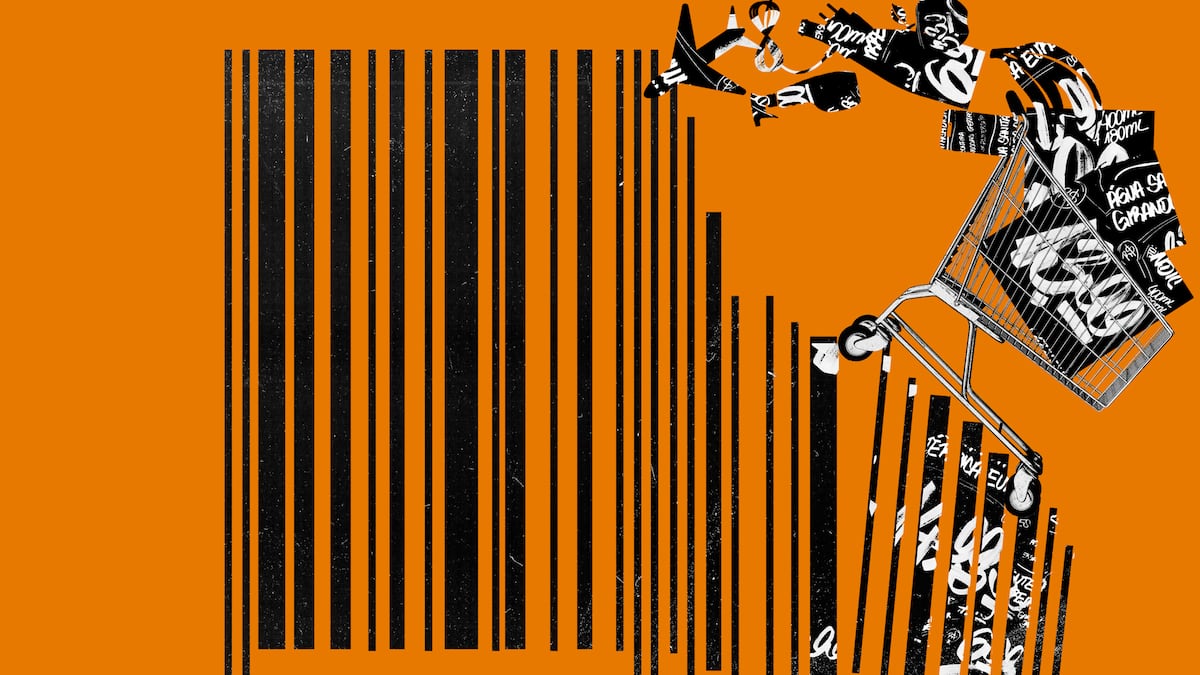
It’s as if the smell of burnt plastic from a dollar store has permeated the world. Things are worse: chipboard furniture, T-shirts unrecognizable after a second wash, packaged foods with more preservatives than ingredients. Airplane seats turned into backrests. Automatic restroom lights that turn off at a whim. But also newspaper articles shamelessly written with ChatGPT and its algorithmic prose. Nothing is made to be loved. Only to be bought.
In a study titledThe Concept and Measurement of Product Quality (1976), researcher E. Scott Maynes observed that quality is an inherently subjective concept, as it depends on the preferences of each consumer. Following his reasoning, it cannot be stated in absolute terms that an iPhone 15 is of “better quality” than a 2003 Nokia. For some consumers — although we know there won’t be many — the Nokia’s extreme durability may be more valuable than the iPhone’s technological innovations. Things aren’t worse, they just seem worse to us. But why?
“There is a pessimism that permeates a large part of the population, making everything seem inferior to us,” explains Javier Carbonell, deputy director of Future Policy Lab, a think tank focused on designing public policies to combat economic inequalities, over the phone. “This climate affects the judgments we make about the policies implemented and also the products and goods we consume.” According to the expert, the main factor driving this criticism is that the great promise of capitalism — if you work, you can have a decent life, buy a house, and go on vacation — is no longer being fulfilled; the social elevator has broken down. “Added to this is the impact of social media, which shows lives unattainable for most people,” he adds.
According to Carbonell, coordinator of the book La desigualdad en España (Inequality in Spain) (2024), the “culture of austerity” that emerged after the Great Recession (2008–2014) has been replaced by a “culture of efficiency,” embodied by Elon Musk, who champions a model aimed at minimizing costs. He first applied it at X (formerly Twitter) — where he laid off more than 75% of the workforce — and later, in the U.S. government.
He’s not alone: Mark Zuckerberg dubbed 2023 the “Year of Efficiency” and carried out massive layoffs at Meta. Amazon, like many other companies, has been gradually replacing human workers with robots and automated systems — to the point that in some of its warehouses, there’s no need to even turn on the lights.
When it comes to public services, the situation is different. Neither the pessimistic climate nor the supposed culture of efficiency alone explain why, between 2017 and 2022, the number of people with private insurance grew by 4% per year. According to the report The Healthcare System: Current Situation and Future Prospects, published in 2024, the main reason why Spaniards are turning away from the public healthcare system is the endless waiting lists.
Carbonell argues that, in absolute terms, healthcare services may not be worse than they were a few years ago. “The big problem is that they haven’t adapted to the pace of social change. They haven’t evolved enough to serve the entire elderly population, whose demographic size is increasing every year,” he argues.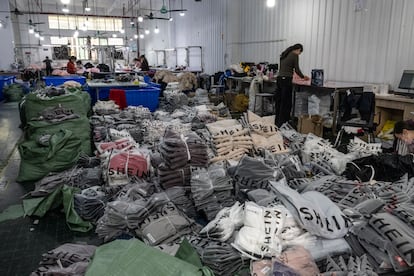
There’s one conclusion that comes up repeatedly throughout this report: the perception that everything is of lower quality is more pronounced among older people. The reasons are varied. One is that attributes like durability — which used to be a major factor in how people judged a product’s quality — have lost relevance.
Psychologist Albert Vinyals, author of El consumidor tarado (The Disordered Consumer) (2019), recalls that years ago, the first thing car ads highlighted was their longevity. “Now we don’t even consider it,” he notes over the phone. “My grandmother, when she went to buy clothes, looked at the type of fabric they were made of. Now, no one knows what their pants are made of. Why would they? In a year, we’ll stop wearing them because they’ll no longer be fashionable.”
The textile industry perfectly illustrates this transformation in consumption patterns. As Marta D. Riezu, author of La moda justa (Fair Fashion) (2021), points out: “We consume clothing as if it were a disposable item.” In the last 20 years, textile production has doubled. In Spain, it is estimated that each citizen discards around 21 kilograms of clothing per year, according to the European Environment Agency.
Riezu explains via email that consumers’ growing preference for novelty over durability has created a generational divide in how quality is understood. “It’s a change in mentality that our grandparents (and some of our parents) don’t conceive or understand: buying to discard after a short time.” According to Riezu, the fast fashion industry encourages impulse and material reward. He warns: “There is no attachment, respect, or emotional journey with a garment you spend less than 20 years with.”
The dissonance between who we are now and who we used to be is reinforced by an even more powerful tension: the gap between who we are and who we want to be. While it’s only natural to blame multinational corporations for maximizing profit margins at the expense of consumers, and governments whose budget cuts have strangled already depleted public services, market logic is hard to dispute: things aren’t necessarily worse — they’re, to a large extent, exactly what we want them to be, or what we’ve been made to want. Put another way: it’s not the quality of things that’s declined — it’s us.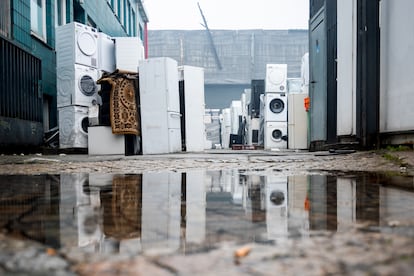
There’s a YouTube documentary about “planned obsolescence” with over a million views. It explains how some companies design certain products — especially household appliances — stop working after a certain period of time. This isn’t a conspiracy theory, but a proven fact. However, there’s another, lesser-known but even more effective method: convincing consumers that a product is outdated for aesthetic or symbolic reasons, even if it still works. This phenomenon is called “perceived obsolescence.” For example, Vinyals mentions young people who refuse to rent an apartment because it has old furniture, even though the material it’s made of is more durable and sturdier than the IKEA furniture they’ll ultimately end up investing in.
“Advertising and subliminal messages have turned human beings into zombies with no other goal than consumption,” says Juan Villoro in No soy un robot (I Am Not a Robot) (2024). A zombie who, moreover, has no time to waste. Rushing around and shopping for convenience are, according to Vinyals, another of the “pathologies” of the modern consumer. He questions why, instead of going to the market or the fruit stand, we prefer to buy tasteless tomatoes at the 24-hour supermarket next door. Why we spend $3 on a carton of juice instead of squeezing oranges, when we know the industrial version is made from concentrate. “Perhaps the best-known example of buying for convenience is paying around €75 per kilo for coffee just because it comes in capsules,” says Vinyals.
When did we stop having standards? That’s the question historian Wendy A. Woloson explores in Crap: A History of Cheap Stuff in America (2022). It all began in the mid-19th century. Before that, very few people owned many things. Objects were typically multifunctional: a table might serve as a work surface by day and a dinner table by night. Things were cared for and repaired — an old housecoat might become a child’s pair of pants. But as markets expanded and mass production took hold, cheaper and more accessible goods began to appear. “People were enchanted by the mix of variety and low price, as if they’d stumbled upon a secret treasure at minimal cost,” Woloson explains via email.
Over time, fashion trends fused with cheap products, and buying something new became almost mandatory. There was no longer any excuse not to have “the latest thing,” because it was within reach of almost everyone. As Woloson explains: “We have embraced this degraded material world, sometimes consciously, sometimes unconsciously. The things we need to live our lives — to do our work, to express ourselves, to understand who we are, and to forge relationships with others — are fundamentally cheap and alienating.” Paradoxically, this overabundance of things makes us poorer: “Like our objects, interactions and ways of thinking have become mediocre: superficial, ephemeral, and degraded.”
Technology can improve product quality, but it can also increase mediocrity and flaws. Artificial intelligence is a clear example of this. In just a few years, companies have handed over much of their customer service to algorithms and robots. According to a 2024 report by the software company Salesforce, 62% of these services in Spain are already automated. Today, it’s easier to converse with a machine than with a real person. The problem is that no one likes these systems: according to a study by the Cetelem Observatory published last October, five out of 10 consumers openly reject virtual assistants. The conclusion is clear: society isn’t adapting to the pace of technological advancement.
José Francisco Rodríguez, president of the Spanish Association of Customer Relations Experts, admits that a lack of digital skills can be particularly frustrating for older adults, who perceive that the quality of customer service has deteriorated due to automation. However, Rodríguez argues that, generally speaking, automation does improve customer service. Furthermore, he strongly rejects the idea that companies are seeking to cut costs with this technology: “Artificial intelligence does not save money or personnel,” he states. “The initial investment in technology is extremely high, and the benefits remain practically the same. We have not detected any job losses in the sector either.”
There are other harms caused by artificial intelligence that are rarely discussed. For example, a key tool gained from the internet — real opinions from other users — has been rendered useless. A 2020 analysis by Fakespot of 720 million Amazon reviews revealed that approximately 42% were unreliable or fake. This means that almost half of the reviews we consult before purchasing a product online may have been generated by robots, whose purpose is to either encourage or discourage purchases, depending on who programmed them.
Artificial intelligence itself could deteriorate if no action is taken. In 2024, bot activity accounted for almost half of internet traffic. This poses a serious problem: language models are trained with data pulled from the web. When these models begin to be fed with information they themselves have generated, it leads to a so-called “model collapse.”
It’s difficult to prove that today’s products are worse than those of 20 years ago. Many products are hard to compare due to the enormous price difference. According to Flyersrights, in recent decades, the space between airplane seats has decreased by up to 15 centimeters. But at the same time, flying in the United States now costs more than $200 less than it did three decades ago.
The real problem isn’t buying pants that don’t last or traveling in an uncomfortable plane. The real problem is that, with each purchase, we support two of the most polluting industries on the planet. The production and purchase of low-quality products is not sustainable. For Marta D. Riezu, a truly good product “contributes something useful to society. It’s linked to ethics, effort, and commitment.”
What's Your Reaction?
 Like
0
Like
0
 Dislike
0
Dislike
0
 Love
0
Love
0
 Funny
0
Funny
0
 Angry
0
Angry
0
 Sad
0
Sad
0
 Wow
0
Wow
0















